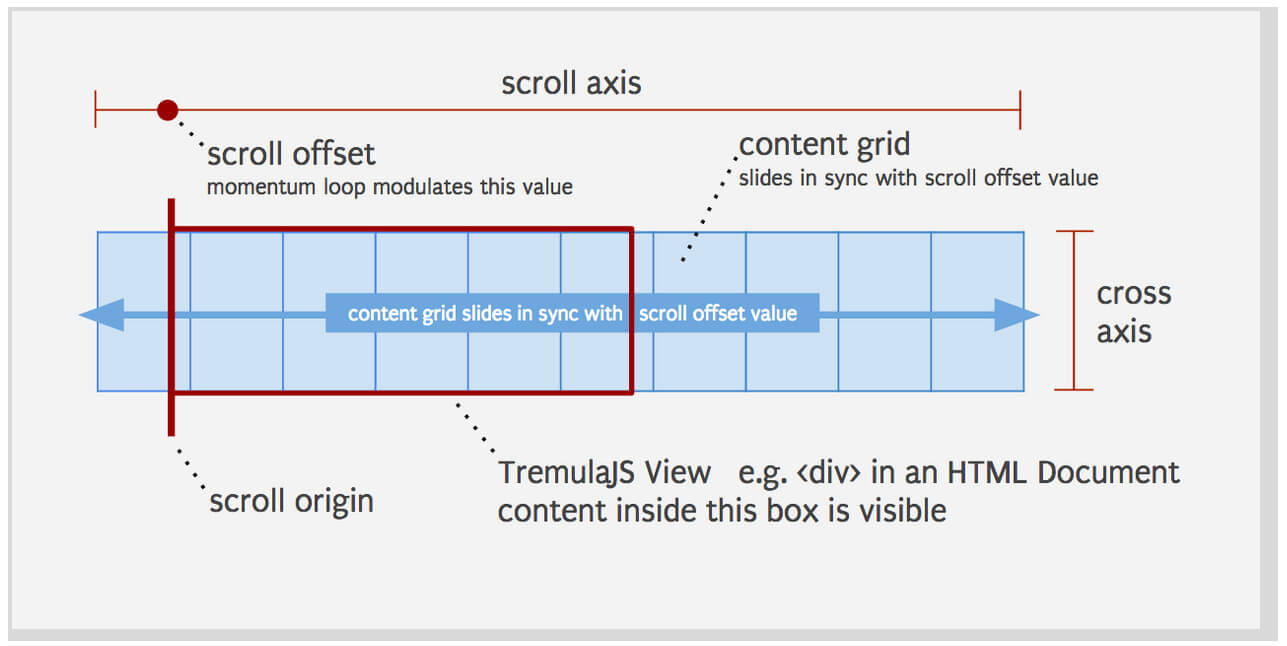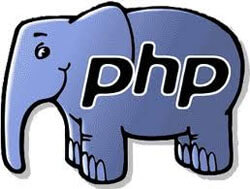Google and the Canonical Link Rel
Google has introduced a link tag rel value of canonical which is used for defining the value of the page that Google should use. Why? Lets say you have an eCommerce site and one of the product URLs is:
http://yoursite.com/product.php?p=david+walsh+blog+book
Imagine now that you can make a slight customization to the product that changes the URL to:
http://yoursite.com/product.php?p=david+walsh+blog+book&color=red
Uh oh -- Google sees duplicate content! The code shows essentially the same page so Google thinks you're pulling gangsta stuff. Now you can tell Google what URL to use for the current page to avoid duplicate content penalization.
The XHTML
<link rel="canonical" href="http://yoursite.com/product.php?p=david+walsh+blog+book" />
Don't let your website get penalized by Google; use this link/rel tag combination for your highly variable pages.
![Regular Expressions for the Rest of Us]()
Sooner or later you'll run across a regular expression. With their cryptic syntax, confusing documentation and massive learning curve, most developers settle for copying and pasting them from StackOverflow and hoping they work. But what if you could decode regular expressions and harness their power? In...
![Responsive and Infinitely Scalable JS Animations]()
Back in late 2012 it was not easy to find open source projects using requestAnimationFrame() - this is the hook that allows Javascript code to synchronize with a web browser's native paint loop. Animations using this method can run at 60 fps and deliver fantastic...
![PHP IMDB Scraper]()
It's been quite a while since I've written a PHP grabber and the itch finally got to me. This time the victim is the International Movie Database, otherwise known as IMDB. IMDB has info on every movie ever made (or so it seems). Their...
![Create a Quick MooTools Slideshow with Preloading Images]()
I've been creating a lot of slideshow posts lately. Why, you ask? Because they help me get chicks. A quick formula for you:
The following code snippet will show you how to create a simple slideshow with MooTools; the script will also...





Note that the All-in-one SEO WP plugin does this for you. Good to know should you bloggers be worried.
I think the article could have given a bit more info on canonical urls…
@Adriaan: Thank you for your comment. I could have but my fear is spending a ton of time on an explanation when 99% of people would prefer a brief explanation with a sample problem and solution like I provided. I appreciate your honesty!
OK, I had to go to Google to find out where in the document this LINK goes… But this is good info, thanks for the the tip. Google implies that some other search engines look at this too.
time to google for more about canonical ;)
Cool information!
Liked the posts about firefox extensions too, really useful for beginners on that world.
ps: you forgot to close the link tag.
Add this code to the section of the page.
< head >
< title > Davidd Walsh Blog Book< /title >
< link rel=”canonical” href=”http://yoursite.com/product.php?p=david+walsh+blog+book” />
< /head >
@Fabio, No missing < /a > tag as its a < link .. >
Good I want to implement it first and have post this tips. Thanks
great post is there any problem if i use rel tag for all of my links
David,
Thanks for the tip about rel canonical.
Peter
You can find more info here: http://support.google.com/webmasters/bin/answer.py?hl=en&answer=139394
Thanks for the article.